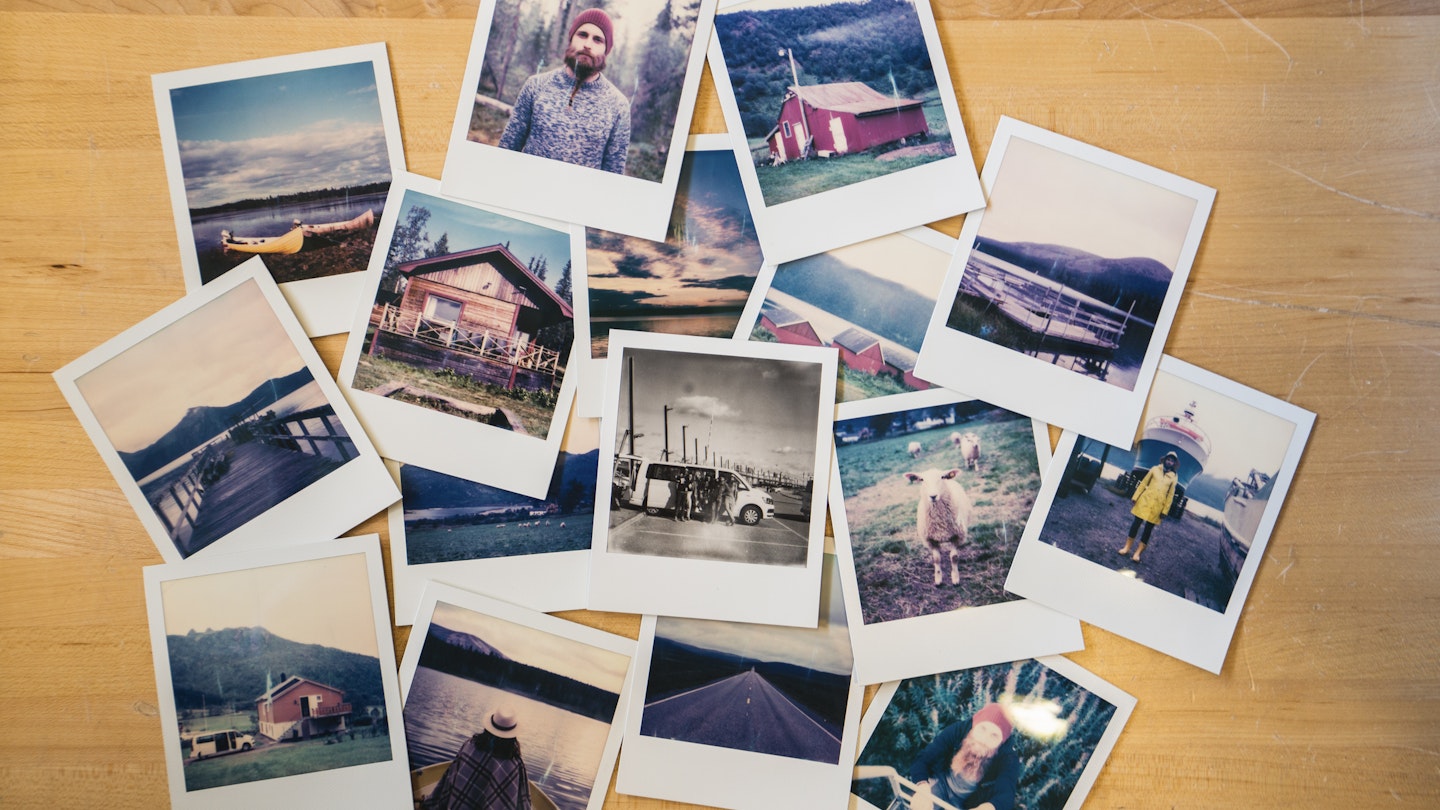The Nostalgia of Holiday Photos
A few weeks ago, Matt Haig, author of Reasons to Stay Alive, admitted to his Twitter followers that he had an urge to see old holiday photos. In the same tweet, he asked if any of his followers had a picture from their “favourite holiday ever.” Nearly 2000 people replied with snaps from around the world: an unflattering selfie at the Acropolis in Athens; a blurry Notre Dame de Paris at night; nuns enjoying ice cream at the Trevi Fountain in Rome. These thoughtful, fun pictures showcase cherished travel memories.
What was most noticeable, however, was just how ‘normal’ the images looked. Filter-free moments captured for the primary purpose of remembering good, or in this case, better times. Haig’s call to the past was a simple idea that resonates with travel enthusiasts currently facing restrictions.

Award-winning travel writer James Stewart recalls a memorable photograph taken on Christmas Day 1997 in Sydney. In it, he is playing an electric piano on the roof terrace of his former apartment near Bondi Beach. “It’s an image of sunshine, joy, and friendship. It speaks of a free life, filled with vertiginous possibilities – it also marked the last hurrah of my time in Sydney,” James shares. “Holiday snaps fill in the details – the faces, the crumbling walls, the intense heat – that can bring past travels back to the present.”

However, is it wise to reflect on the past? The modern mindful perspective suggests that looking back may be damaging. ‘The power of now is almighty,’ we often express; it serves as a strategy to reduce negative feelings. Stewart’s thoughts align with this: “If reviving memories of happy times in foreign places sustains you, then pursue it. Personally, they simply heighten my longing to travel after weeks in lockdown. Since travel is restricted, I’d prefer to focus on the present.”

Nevertheless, when the present is challenging, the response to Matt Haig’s tweet suggests that for some, nostalgia can make the present more bearable. Dr. Tim Wildschut, a psychology professor at the University of Southampton specializing in nostalgia, argues in a peer-reviewed paper that nostalgia is predominantly a positive force. “It can serve to offset or counteract the negative effects of distressing psychological states, such as loneliness and social isolation, by fostering a sense of connectedness,” he explains.
Photos and the memories they evoke can trigger nostalgia effectively. Dr. Krystine Bacho, a psychology professor at Le Moyne College in Syracuse, New York, agrees, stating, “Photos can revive the feeling that things can get better, while inspiring us to reconnect with old friends and share memories. Posting photos and asking if others also ‘remember when’ helps foster connection and alleviate feelings of isolation.”

Joe Bindloss has been writing travel guides for GoTravelDaily about Southeast Asia, Africa, Europe, and Australia for more than 20 years. The photo that inspires one of his richest memories was taken at an altitude of 5,240m. “I am always transported by this photo of fresh snow on the Cho La pass, looking towards Ama Dablam in Solukhumbu,” he reflects. “Minutes later, as I crossed the pass, a blizzard swept across the valley, with snow so heavy I could hardly see the path ahead. I walked for hours through this whiteout before finally stumbling into Gokyo just before sunset for a plate of dal bhat and a hot cup of salt-butter tea – a visceral, life-affirming experience.”
Bindloss feels “powerfully attached” to the photos from his first trek in Nepal, not because they are exceptional images, but because they remind him of a carefree spirit. Recently, he has found it grounding to reflect on “old travel” – particularly photos from his GoTravelDaily research in Sri Lanka and Penang in Malaysia. “I remind myself that the world is still astonishing, and that one day, I’ll return to these incredible places,” he adds.

For many, nostalgia-inducing memories are now captured and stored on social media apps. Dr. Bacho believes that platforms like Instagram can also be beneficial: “Social media has added a layer of immersion into the past. For example, watching a video revives memories in a richer way than merely viewing still photos.”
Travel writer and influencer Chris Watts sees Instagram’s convenience and accessibility as its primary advantage: “All your photos at the touch of a button; it’s like having a passport in your pocket – it can transport you anywhere in an instant.” This sense of freedom comes at a time when personal movements are limited.
However, is having something tangible, a photo you can hold, a more effective way to evoke positive memories? While this may be subjective, Dr. Bacho recognizes that, “Like antiques and souvenirs, old photos provide a direct, tangible connection to the past, for which there might be no substitute. We are physical beings and feel most alive when we interact with the significant elements of our material world.” Bindloss concurs, likening the experience of Instagram to popcorn versus the “eight-course meal provided by a traditional photo album.”
The discussion about the nostalgic value associated with different mediums extends to the motivation behind the creation of the respective photographs. Notably, the images posted in response to Haig’s Twitter question share a similar raw quality reminiscent of the old printed photos described by Bindloss.
This article was first published on May 19, 2020, and has since been updated.





